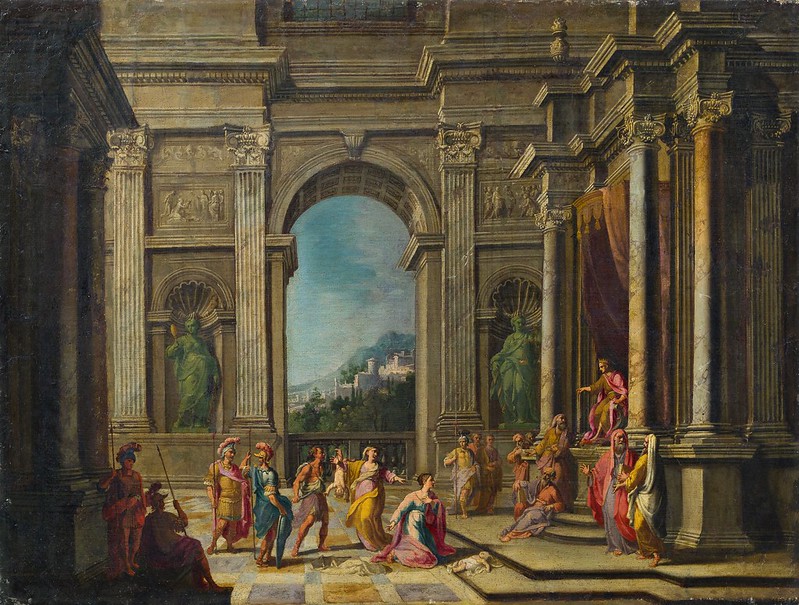Adolf Friedrich Hesse (1809-1863)
- Fantasie (d-moll) für die Orgel, Op.87
Performers: Luisella Gіnаnnі (organ); Emilio Trаvеrso (organ)
Further info: Adolf Friedrich Hesse (1809-1863)
---
German organist and composer. He studied in his hometown with the
organists Friedrich Wilhelm Berner and Ernst Köhler. On his first major
concert tour in Germany met Hummel in Weimar and Spohr in Kassel. In
Darmstadt he met Rinck with whom he studied in the winter of 1828-29. In
1831, he took over the principal organist post at the
Bernhardinerkirche in Breslau where he remained the rest of his life. He
was highly regarded as one of the most important organists in Germany,
his virtuosic playing and agile pedalwork dazzled audiences in Paris,
where he played an all-Bach programme—a novelty in France—for the
inauguration of the organ at Saint-Eustache in 1844. Back in Breslau, he
conducted the symphonic concerts of the city's Opera Orchestra. One of
Hesse's pupils was the Belgian organist Jacques-Nicolas Lemmens. Hesse’s
compositions combined fugal polyphony modelled on Bach with rich,
Romantic harmonies influenced by Spohr, whom he greatly admired. He
retired, feeling dissatisfied at the direction of ‘modern music’, around
1850.
















